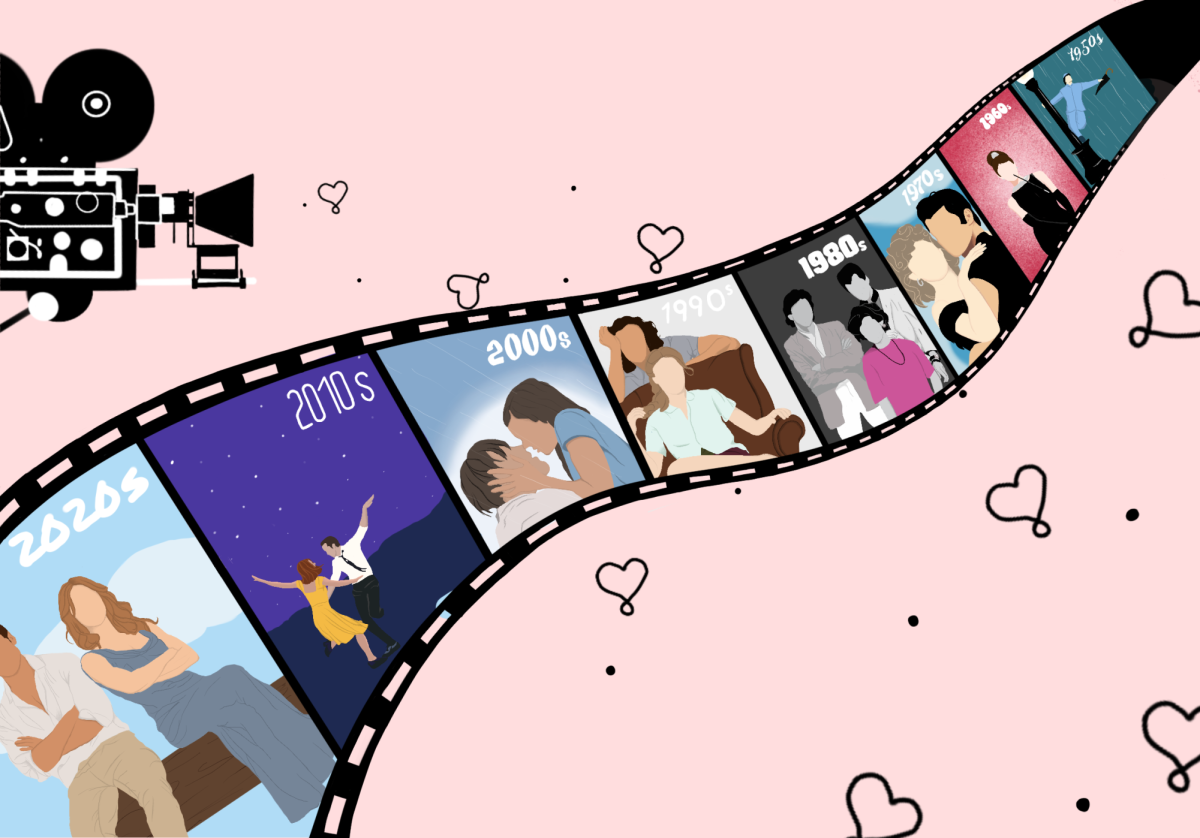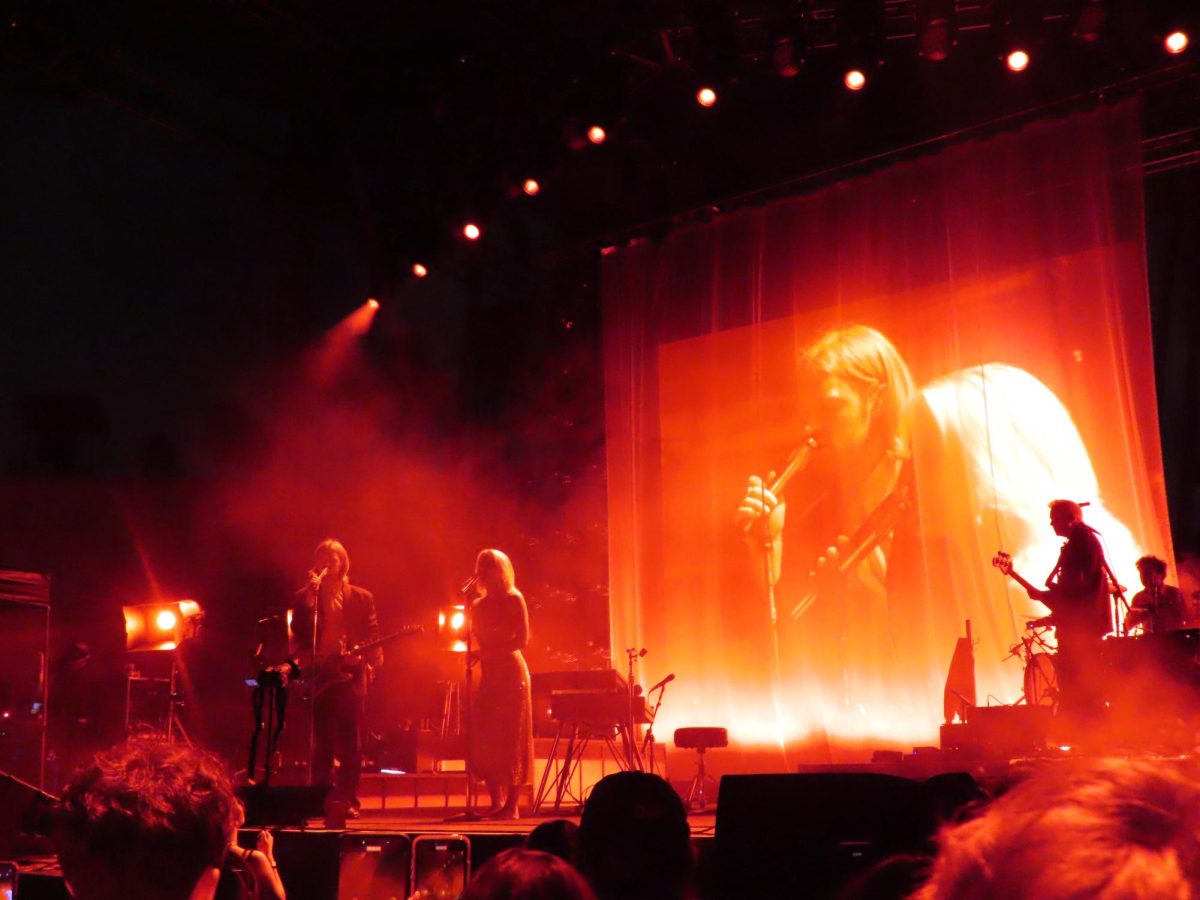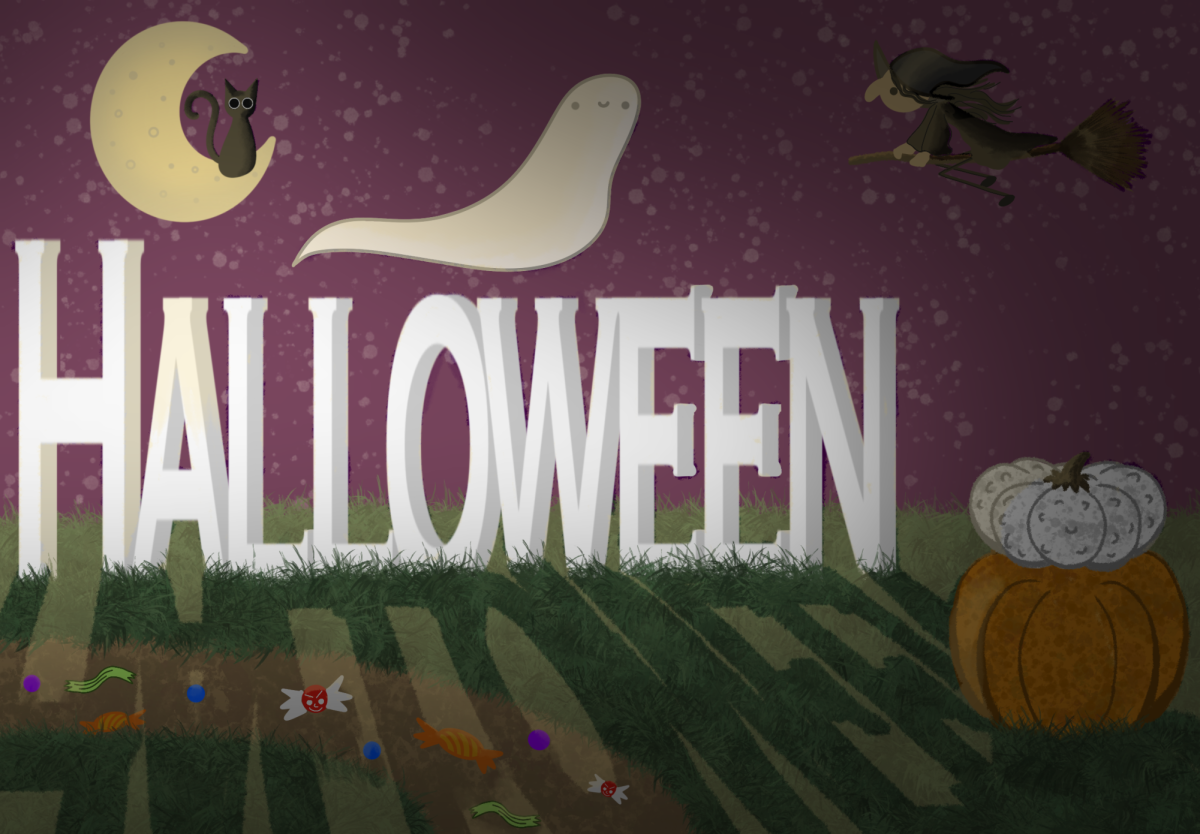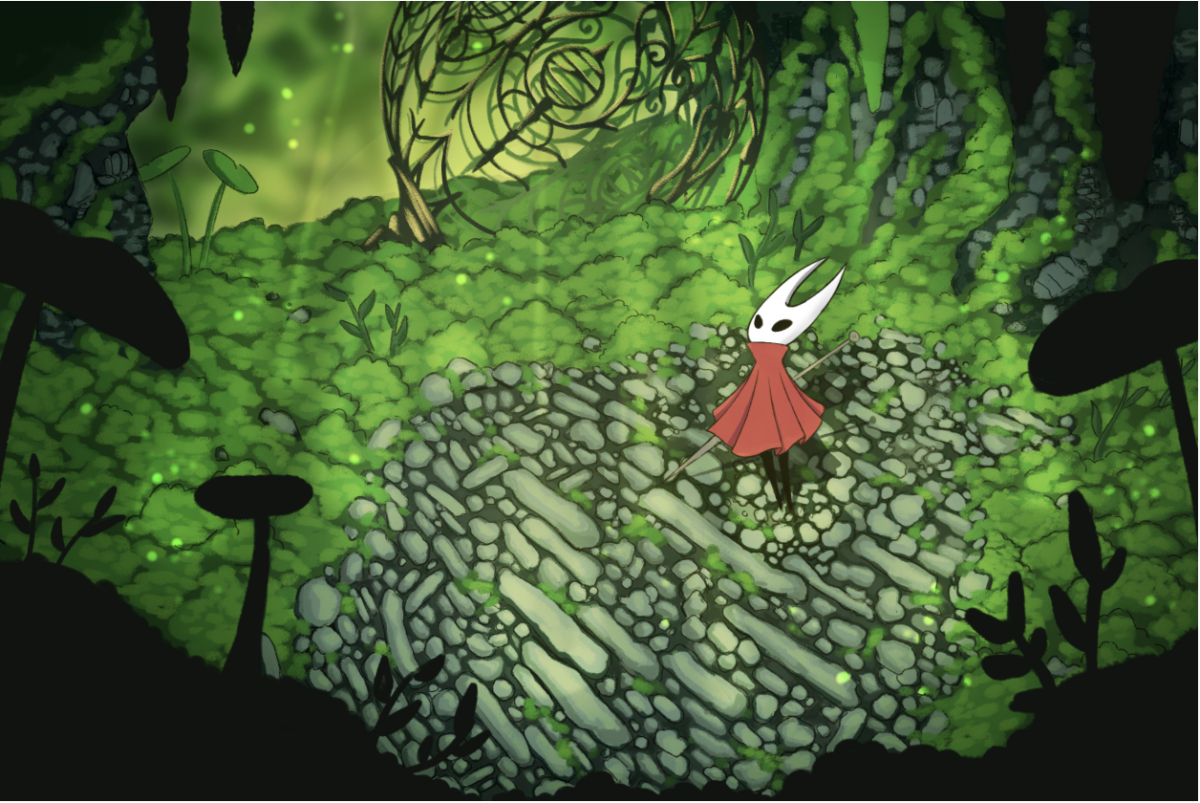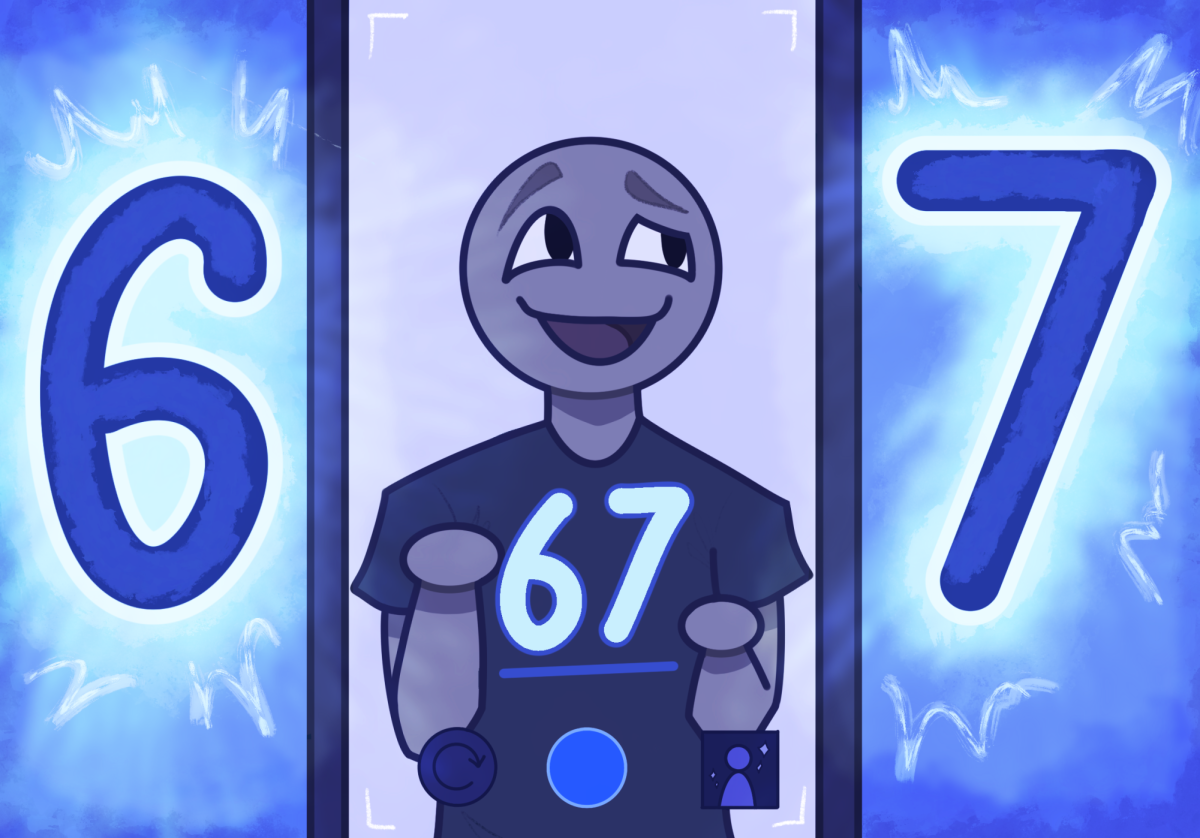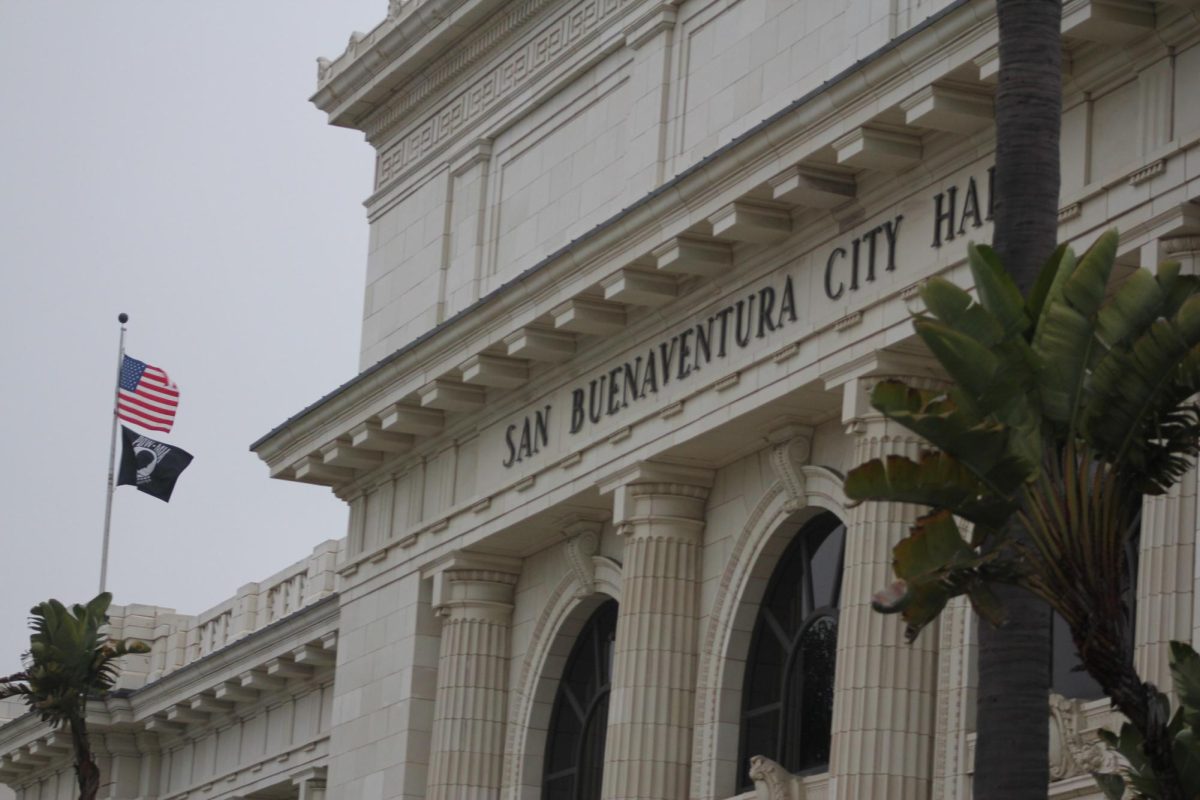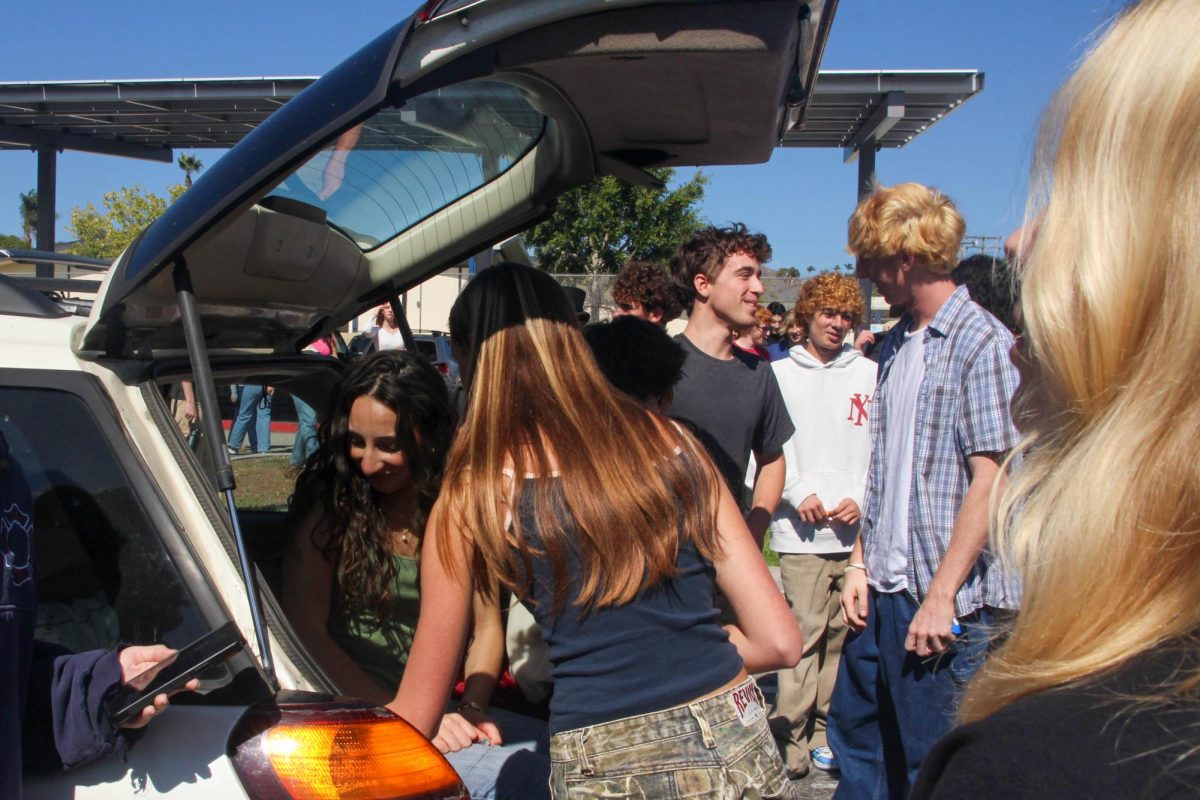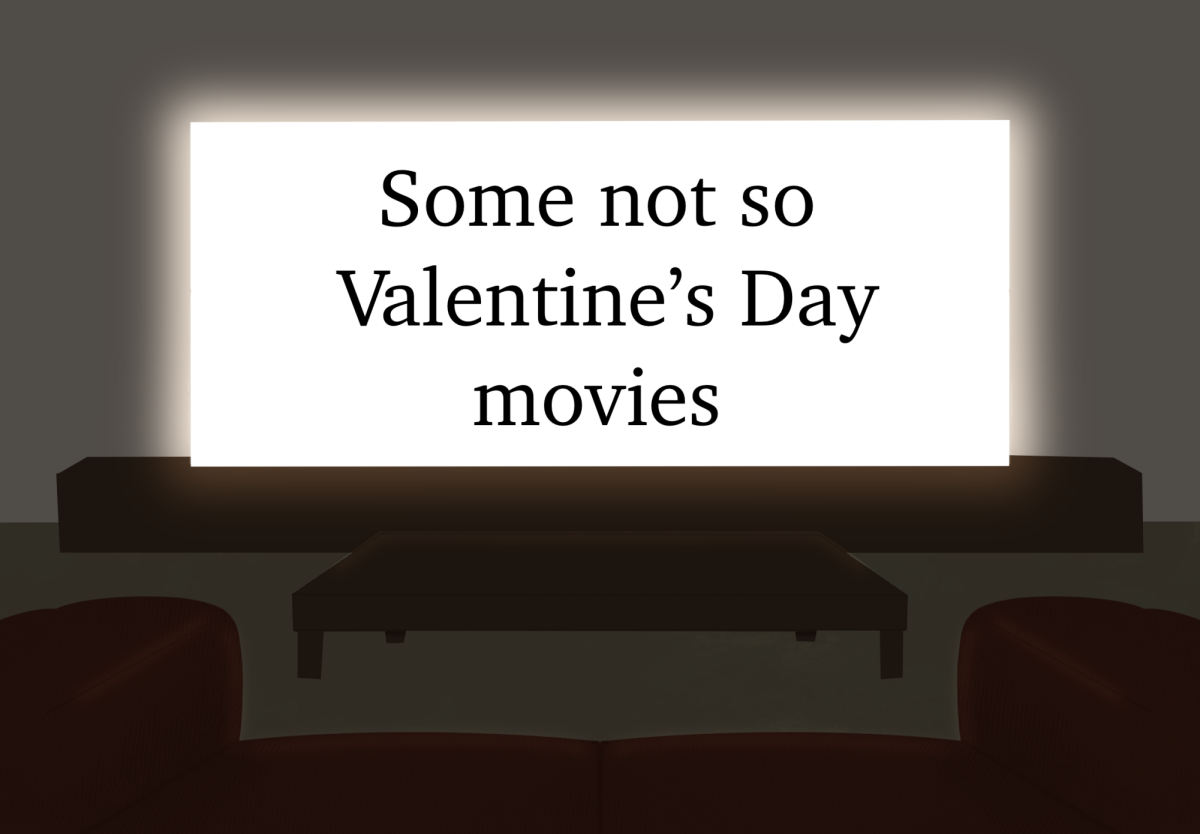Whether you are cuddling with your loved one or healing a heartache, there is nothing like a classic romance movie to fit your mood. No matter the decade, there will always be a memorable romantic film that is undeniably influential to its era and beyond. The 1950s and 1960s have a style that is very unique to its time, so it’s no surprise that we’ll start there.
The ‘50s were troubling times of recovery after World War II, and continued stress under the long-lasting Cold War. Many were devastated from the shock of it all, and citizens struggled to keep stability in their lives. That being said, there is nothing like a lighthearted musical to bring a spark back into people’s day.
“Singin’ in the Rain” is the 1952 American romantic-comedy featuring dazzling musical numbers, directed by Gene Kelly and Stanley Donen. This movie follows two popular silent film actors, Don Lockwood (Gene Kelly) and Lina Lamont (Jean Hagen), who are forced to face the truth of changing times, including the film industry.
Highlighting the shift in cinematic culture from silent to audio films, Lockwood and Lamont struggled to adapt to the pressures that came with starring in musicals. When Lamont cannot sing, Kathy Selden (Debbie Reynolds) is hired to dub over her singing voice, but her charm causes Lockwood to fall head over heels.
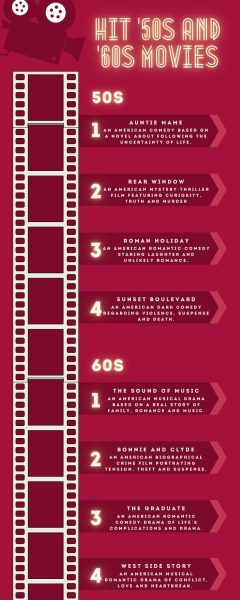
With the delicate and romantic feel bursting through, the unforgettable song, “Singin’ in the Rain,” was made popular and still remains a classic for many today. This song first came out attached to the movie, “The Hollywood Revue,” but gained traction when Gene Kelly pranced through the rainy street singing of love. This caused the song to secure the third spot on the American Film Institute ranking of 100 Years…100 Songs.
Aside from its genius production and undeniable popularity, the film itself also marked the transition between silent films and audio films. “The film Singin’ in the Rain displays the twisting road of creating a new artistic language in tandem with the technological development that allows it,” (Literature/Film Quarterly). This movie portrayed a whole new film genre that would change the course of cinema forever.
After great success with romance films in the 1950s, the 1960s were no different with even more advanced and elaborate productions as time went on.
The ‘60s were a big and bold era with new explorations being developed, music styles discovered and huge cultural shifts. The older, conservative, ways were overthrown by pop culture and flashy trends, making this a time for many romantic features to flourish.
“Breakfast at Tiffany’s” is a 1961 American romantic-comedy, based on the novella by Truman Capote and directed by Blake Edwards. This movie stars the Academy Award winning Audrey Hepburn who plays Holly Golightly, a young woman living in New York City who dreams of marrying a rich man. However, this all shifts when she encounters Paul Varjak (George Peppard) who lives in the same apartment complex, dreaming of becoming a writer. A romance blooms as these young adults uncover secrets about each other and step into a life neither of them had ever dreamed of.
This movie has gotten a lot of controversy due to its depiction of a Japanese man played by Mickey Rooney, a white man in yellowface. While he is meant to add a comedic flair to the motion picture, modern day society has considered this quite a racist act that has not been overlooked, making some unwilling to support the movie.
Despite the disagreement on that character, this glamorous picture is never forgotten. It romanticizes New York City which gained much traction as the urban aesthetic life was much desired in that time period. Viewers are brought into a complicated, yet beautiful love story which those in the 1960s dreamed of experiencing.
This production gave birth to a beautiful score, “Moon River,” which won the Academy Award for Best Original Song. It brings forth a unique idea to being swept away by love and following the tide as it takes you through life. The song was almost removed, but Hepburn insisted on its integration into the film. It would later be recorded by countless well-known artists and sung by so many individuals yearning for romance.
Both of these films are nostalgic for many and show the world that love can outshine any person’s dreary soul and is able to emerge from unlikely places. They show the obstacles that come with life, while effortlessly blend feelings of warmth and charm. Each of these decades produced many showstopping movies, but much like in every generation, there will always be one that is truly unforgettable and will be remembered forever.


